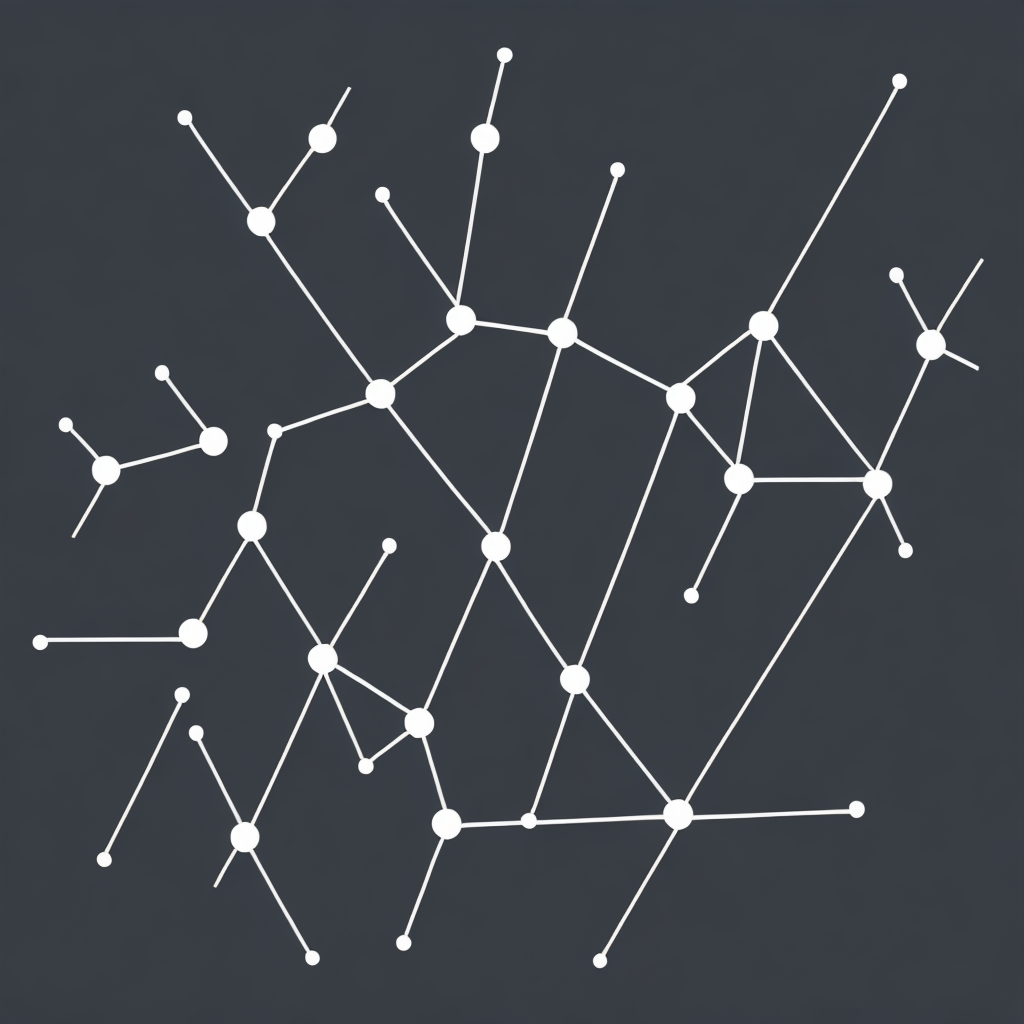Exploring the Power of Knowledge Graphs: How They Revolutionize Data Management and Artificial Intelligence
In the ever-evolving landscape of technology and information processing, the utilization of knowledge graphs has emerged as a powerful tool in data management and artificial intelligence. Knowledge graphs, as sophisticated semantic data models, represent information and relationships in a highly interconnected manner. As a result, they revolutionize the way information is structured, understood, and applied, leading to significant advancements in technology and AI.
### What are Knowledge Graphs?
A knowledge graph, fundamentally speaking, is a database model that represents entities related to a certain domain (such as people, organizations, places, things, etc.) as nodes interconnected through edges representing relationships between these entities. Unlike traditional databases that primarily focus on data storage, knowledge graphs place a greater emphasis on the context and relationships between data points.
### Enhancing Data Interoperability
The primary benefit of knowledge graphs lies in their ability to facilitate data interoperability. They effectively bridge the gap between various data sources, enabling data from diverse and disparate systems to be interconnected and understood in a cohesive framework. This approach leads to more holistic information sets, which are invaluable for decision-making, analysis, and knowledge discovery.
### Advancements in Artificial Intelligence
In the realm of artificial intelligence, particularly in machine learning, knowledge graphs have significantly enhanced the capabilities of AI systems. By incorporating external context into algorithms, AI models can better understand and predict patterns, relationships, and probabilities, leading to more accurate and contextually informed decision-making.
### Enriching Natural Language Understanding (NLU)
Knowledge graphs are instrumental in natural language processing and understanding. They allow AI systems to grasp the semantic meaning of text by linking concepts with their corresponding entities, thereby providing a richer context. This enhances capabilities in fields such as chatbots, virtual assistants, text summarization, and content extraction.
### Personalized Recommendations
Knowledge graphs significantly impact the fields of recommendation engines and personalization. By understanding user preferences, behaviors, and trends, they enable the development of highly personalized user experiences across various domains, including e-commerce, media services, and even healthcare. This results in tailored experiences and services that meet the specific needs of individuals.
### Enhancing Data Security and Privacy
Knowledge graphs offer an unprecedented level of data security and privacy by providing a structured way to manage, access, and share data. They ensure that personal or sensitive data is processed and shared based on predefined rules and access controls, helping organizations navigate the complex landscape of compliance and data protection regulations.
### Integrating Heterogeneous Data Sources
In an era where data comes from multiple sources and formats, knowledge graphs excel in integrating diverse data types into a coherent and unified model. This capability becomes particularly significant in fields like healthcare IT, where information needs to be synthesized from electronic health records, medical research databases, and third-party applications.
### Conclusion
In conclusion, knowledge graphs represent a transformative shift in the way we manage, interpret, and utilize data. Their ability to enhance AI systems, enrich content processing, personalize user experiences, and secure sensitive data make them an indispensable component of modern technological advancements. As technology continues to evolve, the power of knowledge graphs is poised to play an even more critical role in shaping the future of data management and artificial intelligence.
